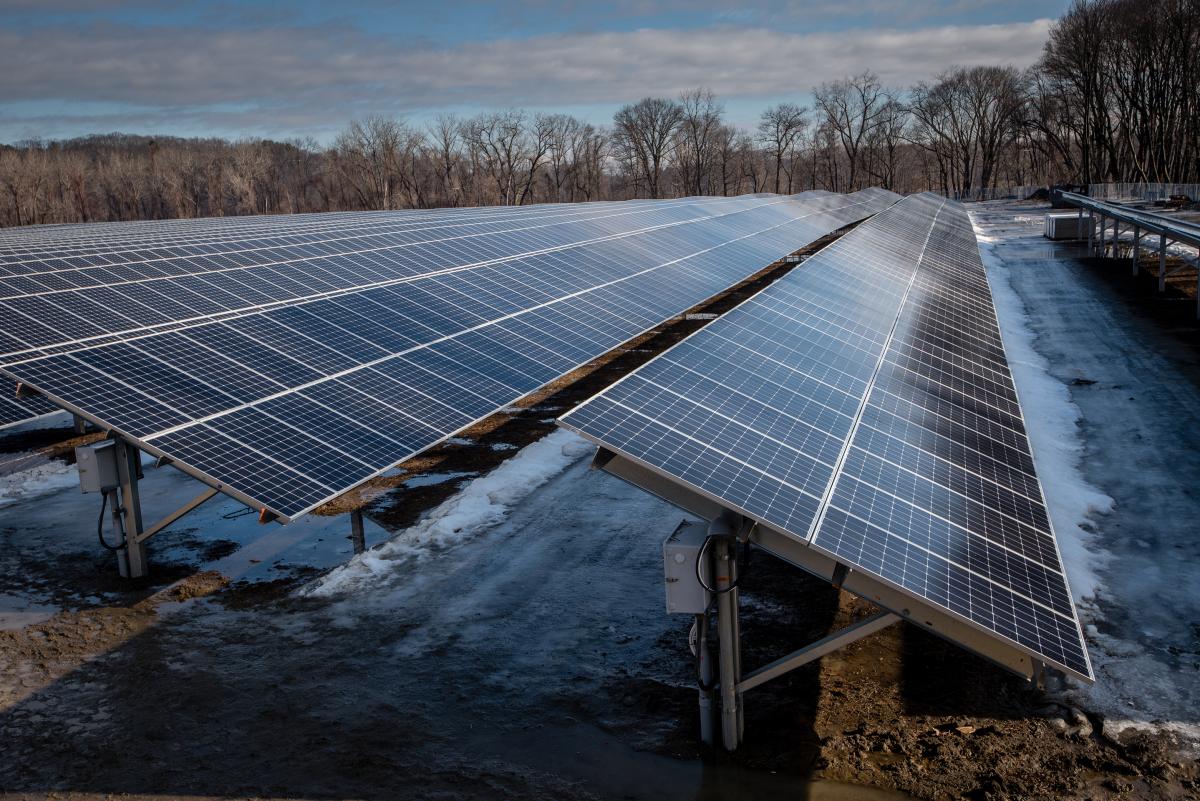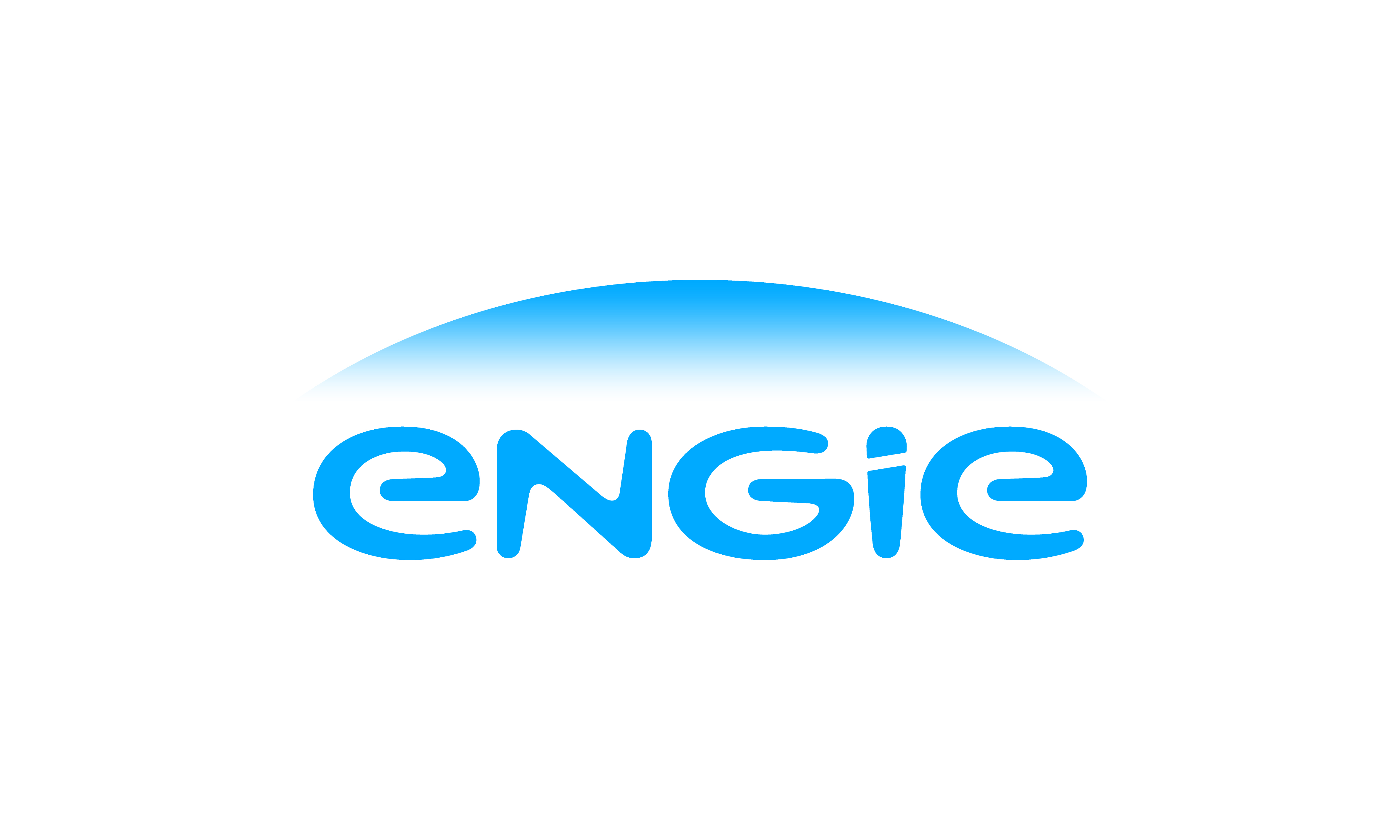What Utilities Can Learn From Massachusetts’s Largest Energy Storage Project
A conversation with Jonathan Poor, Green Charge’s director of business development for the Northeast

What utilities can learn from Massachusetts’s largest energy storage project
A conversation with Jonathan Poor, Green Charge’s director of business development for the Northeast
GC Update: ENGIE North America and Holyoke Gas & Electric have just announced a contract for the largest utility-scale energy storage project in Massachusetts at the Mt. Tom Solar facility. What is the significance of this milestone?Jonathan Poor: In the New England market, capacity costs are rising and constitute a large portion of energy costs. This has created increasing pressures to reduce energy usage during peak periods of the year, which HG&E can now do by using energy storage during periods of regional and local peak demand. The project was developed by ENGIE and provides the off-taker with a guaranteed service without having to deploy any of its own capital. Also, Massachusetts is moving towards generating 100 percent of its electricity from renewable energy by 2035. A properly designed energy storage system optimizes the value of the Mt. Tom solar PV installation, which makes meeting this commitment more economical and valuable to the utility. The Mt. Tom power purchase agreement will serve as a blueprint for all types of utilities to develop solar and storage projects.
GCU: Beyond cost control, what else are utilities such as HG&E looking to achieve with supply-side energy storage systems?JP: For HG&E, the energy storage project brings more resiliency, which provides HG&E and its customers with various distribution system benefits. The energy storage system and software are very flexible and can be modified to meet other service offerings as regulations and wholesale markets evolve to utilize energy storage. In the longer term—and HG&E has a 20-year service contract—it could provide current or future services to the utility and the wholesale markets.
GCU: HG&E is a local public utility. How does this affect their approach to energy storage?JP: As a load reducing strategy, energy storage gives local utilities another set of tools in addition to demand response (DR) programs. For small utilities, DR can be a challenge, as it can be difficult to motivate customers, or there may not be sufficient load to shift or curtail. On the other hand, once the energy storage system is in place, it represents a long term and guaranteed source of energy to reduce load at critical periods. Another thing to consider is that energy storage systems such as the one at Mt. Tom can be monitored and operated remotely, so there’s no additional burden on the local utility staff. In this case, Green Charge will operate the energy storage systems from its network operations center, using its GridSynergy® Software. Ongoing maintenance and field operations will be managed by the system manufacturer and local ENGIE personnel at the Fitchburg power station.
GCU: Sounds good, once the system is in place. But first, utilities need the capital to acquire the energy storage system, right?JP: Not necessarily. Unlike some of the larger investor-owned utilities, which can more easily acquire the capital they need or are motivated to own assets, municipal utilities are interested in acquiring a service with performance gurantees. For the Mt. Tom project, we arranged a 20-year PPA (power purchase agreement), so they could utilize the three-megawatt energy storage system with no upfront capital investment. This is one of the many advantages of having the financial backing of a global energy company such as ENGIE, although in this case, ENGIE does not own the system.
GCU: So who does?JP: This is the really interesting part. ENGIE’s financial stability, as well as Green Charge’s industry leadership, make our projects more bankable; the financing becomes easier. In this case, an investment bank—PNC Company—actually purchased the solar and storage system (and we are leasing it back from them). This allows the investor to claim the Federal investment tax credit (ITC) and offer a more attractive PPA rate. It’s a common arrangement in the solar industry, but this is one of the first if not the first to complete this type of transaction with a financier. This demonstrates that the financial sector is gaining confidence in the bankability of energy storage projects.
That’s good news for New England, because although energy storage has already taken off in many parts of the world, it is still a relatively nascent market. Government mandates, such as the Massachusetts commitment to 200 megawatt-hours of energy storage by 2020, are encouraging, but at the end of the day, utilities and their customers need to know that they are getting a reliable service at an equitable cost. So, in addition to the financing, we took a lot of time and effort to ensure we could provide the customer the most reliable and flexible service, while achieving the federal investment tax requirements for solar and storage projects. The ENGIE and Green Charge team designed the project for reliability from the ground up to ensure the energy storage system achieves its objectives throughout the 20-year service agreement.
GCU: Where else do you see potential for similar utility-scale solar-plus storage projects?JP: There’s a lot of excitement in New England around the potential of energy storage. Many solar and storage providers are eager to work with off-takers to provide dispatchable resources as a service to reduce load, defer capital expenditures and participate in wholesale markets. In fact, I’m hearing more solar providers say they are evaluating energy storage on every project. But what the market needs—right now are very focused and executable energy storage product offerings. Not everyone can deliver on that.

